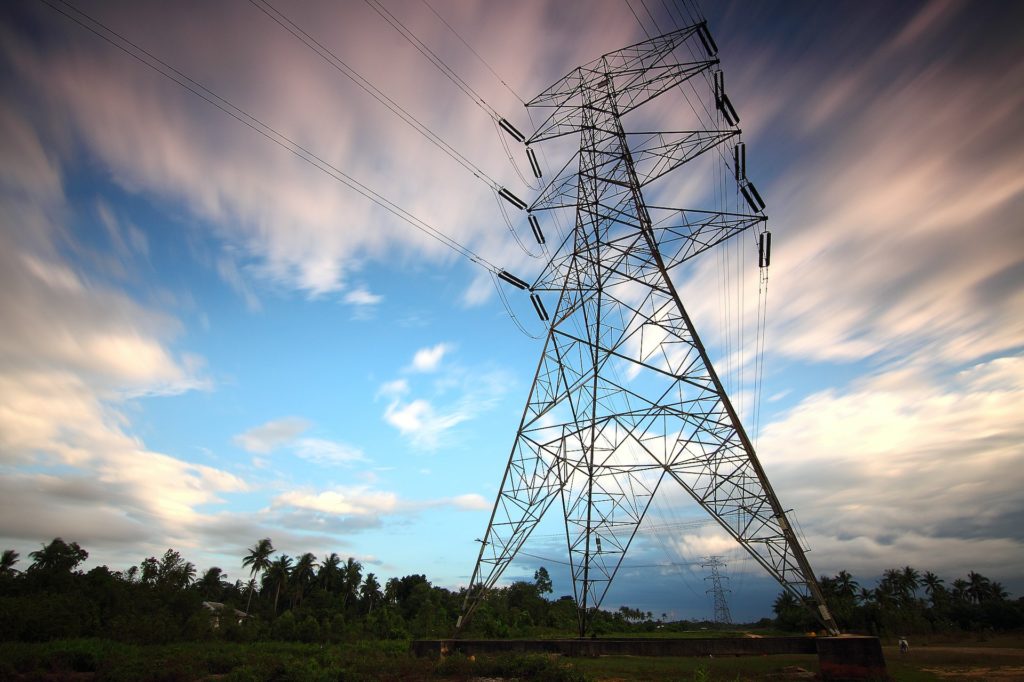Planning for a disaster is an essential component of running a successful business. Without a clear plan in place, your company could be left in disarray if the unexpected were to occur. Knowing what should and should not be included in your disaster recovery plan can ensure that you are prepared for the worst and have everything you need to get back up and running quickly. Here are 7 things that should be included in your business disaster recovery plan:
1. Assess Your Risks:
Start by assessing all possible risks and threats to your business. Consider both natural disasters like hurricanes, floods, or earthquakes, as well as man-made disasters like cyberattacks and data breaches. Identifying these risks in advance will help you create a plan of action for how to handle them.
2. Create an Emergency Response Plan:
Once you have identified potential risks and threats, create a detailed emergency response plan. This plan should include instructions for staff on how to respond in the event of a disaster, as well as steps for quickly recovering operations and data in order to minimize losses.
3. Designate a Disaster Recovery Team:
Identify a team of individuals who are responsible for managing the disaster recovery process. This team should include members from all relevant departments and will be in charge of executing the emergency response plan.
4. Make Backups of Your Data:
Creating regular backups of your data is an essential part of any disaster recovery plan. Backups should be stored offsite in a secure location, away from the primary data center.
5. Establish Communication Protocols:
In the event of a disaster, it’s important to have clear communication protocols in place so that everyone involved in the recovery process knows what to do and when. Establish procedures for how and when employees should be notified of a disaster, as well as who is leading the recovery effort.
6. Test Your Recovery Plan:
Testing your disaster recovery plan is essential in ensuring that it works properly in the event of an actual emergency. Set up simulations and drills to see how well your team responds in different types of scenarios.
7. Plan for Long-Term Recovery:
While it’s important to have a plan in place for quickly recovering from an emergency, you should also consider the long-term implications of a disaster. Think about how your business processes and infrastructure may need to be adjusted in order to prevent similar disasters from occurring in the future.
By following the steps outlined above, you can ensure that your business has a comprehensive disaster recovery plan in place and is prepared for any unforeseen disasters that may occur. With the right preparation and planning, you can minimize losses and keep your business running smoothly in the event of an emergency.


